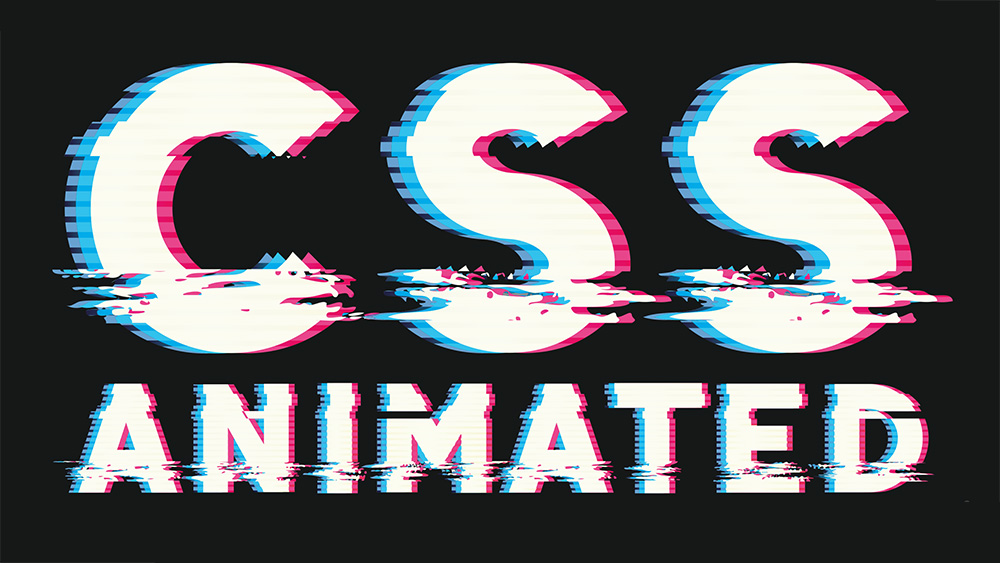What is CSS Animation?
CSS animations allow you to bring your website to life by adding movement and interactivity to elements on your webpage. With CSS animations, you can create a variety of effects, from simple hover states to complex, multi-step animations.
To create a CSS animation, you first need to define the animation properties, such as the duration, delay, and iteration count. You can also specify the animation's timing function, which determines how the animation progresses over time. Common timing functions include linear, ease-in, and ease-out.
Once you have defined the animation properties, you can apply the animation to an element using the CSS animation property. This property takes the name of your animation as its value, allowing you to reuse the same animation across multiple elements.
You can also use keyframes to create more complex animations. Keyframes allow you to specify the animation's state at different points in time, allowing you to create animations that change over time.
In addition to the CSS animation property, you can also use the transform property to move, rotate, and scale elements on the page. This property allows you to create animations that move elements around on the page in a smooth and natural way.
One of the most important things to keep in mind when creating CSS animations is performance. Animations that are not optimized can cause your webpage to run slowly or even crash. To avoid this, it is important to keep your animations simple and to optimize the number of elements on the page.
Overall, CSS animations are a powerful tool for bringing your website to life and engaging your users. With a little creativity and some careful planning, you can create animations that are both visually striking and performant.
Another important aspect to consider when creating CSS animations is accessibility. Some users may have difficulty seeing or interacting with animations, so it's important to provide alternative ways for them to access the content. One way to do this is by using the aria-live attribute, which allows users to receive updates on the content of an element via assistive technologies. Additionally, you can include a pause or stop button for users to control the animation's speed or turn it off completely.
CSS animations can also be used to enhance the user experience by providing visual cues and feedback. For example, you can use animations to indicate when a button has been clicked or to highlight a specific section of the page. These types of animations can help guide the user's attention and make the website more intuitive to navigate.
CSS animations can be used in a variety of contexts, from simple hover states to more complex interactive elements. For example, you can use animations to create carousels, sliders, modals, and more. These types of animations are especially useful for e-commerce websites, where the use of animation can make the website more engaging and increase the chances of conversion.
Finally, it is important to note that in order to use CSS animations, the user's browser must support the CSS animation property. Therefore, it is important to check the browser compatibility before implementing the animations.
In conclusion, CSS animations are a powerful tool for creating engaging and interactive websites. By following best practices and considering performance and accessibility, you can create animations that are both visually striking and user-friendly. With the right approach, you can use CSS animations to enhance the user experience and make your website stand out.

